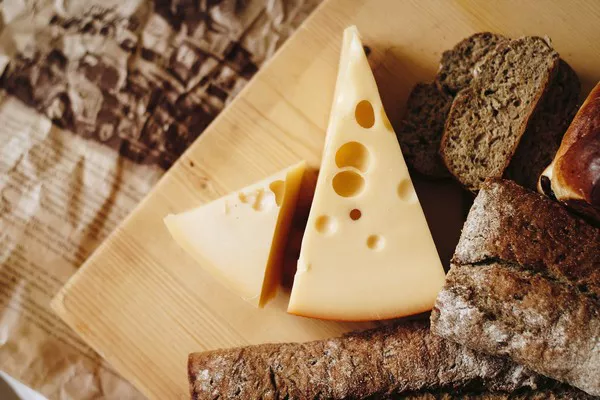Cheese has often been perceived as a diet food to avoid due to its calorie density and fat content. However, recent insights from dietitians indicate that cheese can indeed be incorporated into a weight-loss plan. The key lies in mindful portion sizes and pairing it with other nutritious foods. Here’s a closer look at which cheeses are best for those looking to lose weight and how they can fit into a healthy diet.
The Nutritional Benefits of Cheese
Cheese is not just high in calories; it also offers several nutritional benefits. It is a source of protein, calcium, and essential nutrients that can support a healthy diet. Registered dietitian Natalie Rizzo emphasizes that cheese can absolutely be part of a weight-loss plan when enjoyed in moderation.
Patricia Bannan, another registered dietitian, points out that cheese plays a significant role in the Mediterranean diet, which is linked to effective weight management and overall health. Many cheeses, such as feta, ricotta, and parmesan, are often used sparingly to enhance the flavor of plant-based dishes, salads, and whole grains.
Top Cheese Recommendation: Cottage Cheese
When it comes to the healthiest cheese for weight loss, cottage cheese stands out as the top choice.
High Protein, Low Calorie: A half-cup serving of low-fat 2% cottage cheese contains approximately 91 calories and 12 grams of protein. This higher protein content helps keep you fuller longer, making it a great addition to any weight-loss diet.
Versatile Usage: Cottage cheese is incredibly versatile. It can be added to salads, served with fruits, or used in recipes to replace higher-fat cheeses in dishes like lasagna.
Other Recommended Cheeses for Weight Loss
If cottage cheese isn’t your favorite, there are plenty of other cheese options that dietitians recommend:
Swiss Cheese:
Contains about 8 grams of protein per slice, making it a solid choice for a filling snack.
Mozzarella Cheese Sticks:
Similar in nutritional profile to Swiss cheese, part-skim mozzarella is lower in sodium than cheddar, providing protein and calcium with fewer calories.
Parmesan:
Rich in flavor and higher in protein, Parmesan can be used in smaller amounts to add taste without too many extra calories. Its umami flavor is very satisfying.
Ricotta:
Known for its protein content, a typical serving size is about a quarter cup. Ricotta can also enhance the feeling of fullness.
Goat Cheese:
Research suggests that goat cheese may have a higher satiating effect than cow’s milk cheese. It is easier to digest for some people and its creamy texture can help smaller portions feel more indulgent.
Portion Control and Pairing
Regardless of the type of cheese, dietitians emphasize the importance of portion control. The recommended serving size for most cheeses is about 1 ounce, roughly the size of a small pair of dice, which usually amounts to around 100 calories.
Pairing cheese with plant-based foods that are high in fiber, such as vegetables or whole grains, can create a balanced snack that enhances satiety. This combination can help manage appetite and provide essential nutrients, making it easier to maintain a healthy weight.
Conclusion
Incorporating cheese into a weight-loss plan doesn’t have to be off-limits. By choosing varieties like cottage cheese, Swiss, mozzarella, parmesan, ricotta, and goat cheese, you can enjoy the nutritional benefits of cheese while keeping calories in check. Just remember to be mindful of portion sizes and to pair your cheese with fiber-rich foods for a satisfying and nutritious snack.
Related Topic:
What To Eat To Prevent Sore Muscles


